Last summer I finally bought myself one of my dream cameras, the Plaubel Makina 67. You might be wondering what this fact has to do with the Mamiya 7? Well, it all comes down to a conversation I had with a chap called Anais Faraj after I shared my Makina 67 review. He wanted to loan me Mamiya 7 so I could compare these two medium format giants. Over a year later, and that’s exactly what I’ve done.
Anais is someone I’d been chatting to for a little while on Instagram when he got in touch and asked if I’d like to try his Mamiya 7. Of course, it’s rare I get such offers, but despite his generosity, it still took me a good 6 months to take him up on it. It was at this year’s Photography Show when we finally met and he handed it to me. I actually had to force him to only loan me the camera and 80mm lens – if he’d had his way, I’d have been shooting it with a set of 3 lenses.
It might seem daft not to have taken him up on the loan of all three lenses, but there’s method in my madness. Shooting the Makina 67 proved a few things to me. The most relevant to this post is my view that I’m not really a medium format person. As I talk about in the Makina review, I find its size and weight only just on the right side of palatable. I like taking photos, but I don’t really like carrying cameras. The bigger they are, the less I find myself inclined to carry them… so I certainly wasn’t going to be happy carrying a bigger camera and two extra lenses.
As I remember it, Anais wanted me to try the Mamiya 7 for a couple of reasons. The first was that he thinks the 80mm lens is sharper than the Nikkor on the Makina. The second was that the rangefinder patch in the Mamiya 7 is excellent. One of my concerns about the Makina 67
is that the rangefinder patch isn’t all that great, so by this merit the Mamiya must have a better patch to focus with. I was intrigued to know if either or both of these factors could sway my opinion or preferences toward a Mamiya, or if my overall preference for smaller easier-to-carry cameras would win out.
Spoiler alert, the answer is the latter. The Makina 67 wins this battle in my world. And though the Mamiya put up a good fight, the reasons my preferences remain with my Makina 67, it didn’t just come down to size.
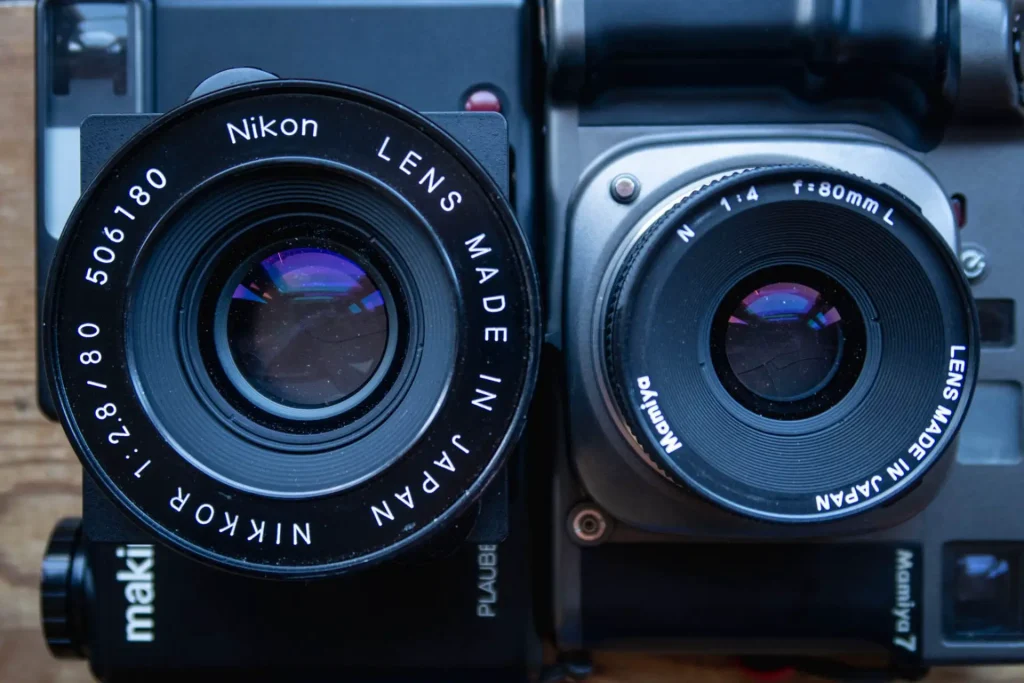
The lens and rangefinder patch
Despite the Mamiya 7 losing the battle, I suppose it’s only fair to first point out that Anais was seemingly right about the two things he asserted. The hard-edged more distinct rangefinder patch the Mamiya offers is definitely of a higher standard than the Makina. I say this fairly objectively, but subjectively I also much prefer this type of rangefinder patch and would actually go as far to say that I find the soft edged patch found in the Makina 67 and cameras such as the Canon P makes them quite a bit more difficult to use… at least as rangefinder cameras.
The reason it doesn’t matter so much to me when it comes to medium format gear is simply what I would choose to use these types of camera for. To me, medium format cameras are best suited to subject matter that’s suited to the fact that all that extra film brings more clarity to the party.
The subject matter I enjoy shooting with medium format cameras is landscapes. To me, landscape photography benefits from the extra clarity that medium format brings, but the benefit a distinct rangefinder patch brings is fairly nominal. In fact, for all but a few of the shots I’ve taken with either Makina 67 or Mamiya 7, I’ve scale focused, and where I’ve needed the rangefinder, I’m mostly been shooting at a reasonable distance where accuracy isn’t paramount anyway.
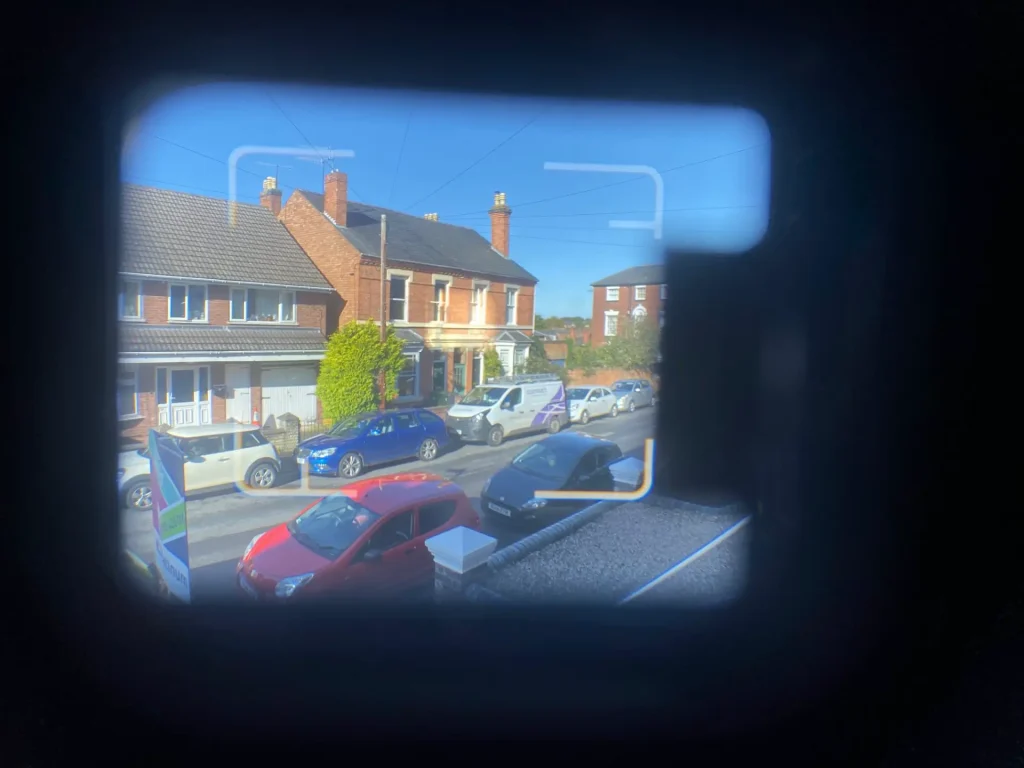
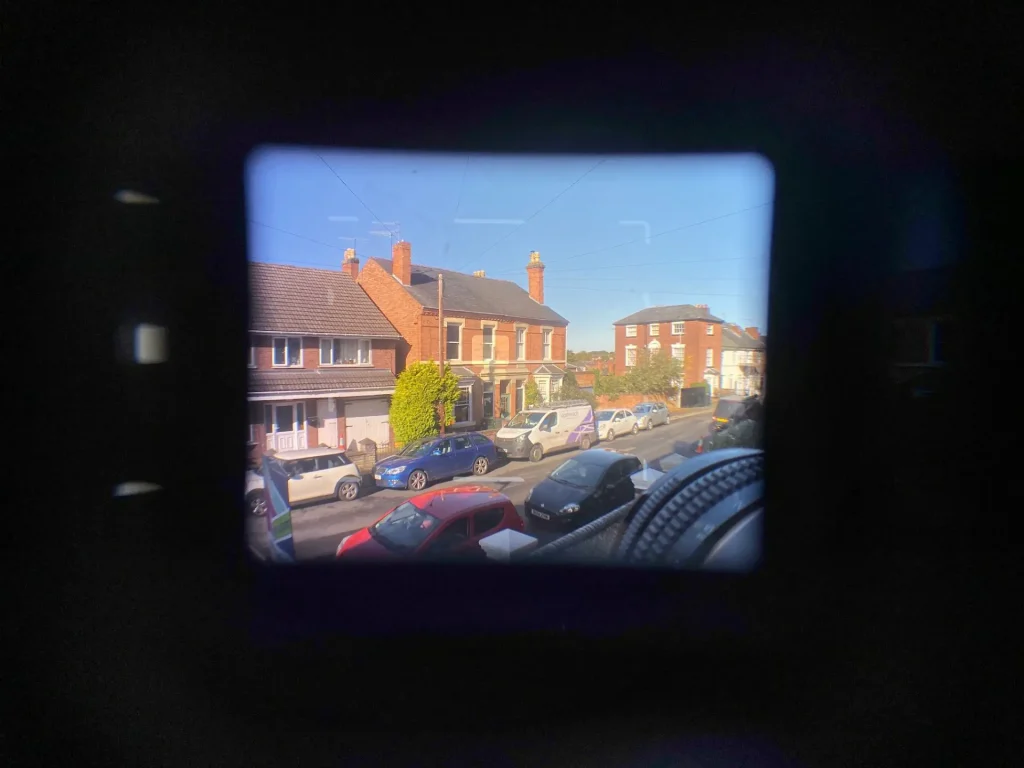
Of course, your mileage may vary. And if I’d borrowed the 150mm lens off of Anais and had pursued some portraiture then I’m certain I’d have benefitted from being able to focus easier. But that’s just not what I’m interested in shooting these cameras for, so it feels largely irrelevant to me.
So what about the lens then? Surly if Anais is right that it is higher resolution, I’ve just made a pretty good argument for a preference for the Mamiya 7 lens? In reality, to my eye, the difference is negligible, though looking at the detail rendered in this next image I suspect Anais might be right about the lens being higher resolution.
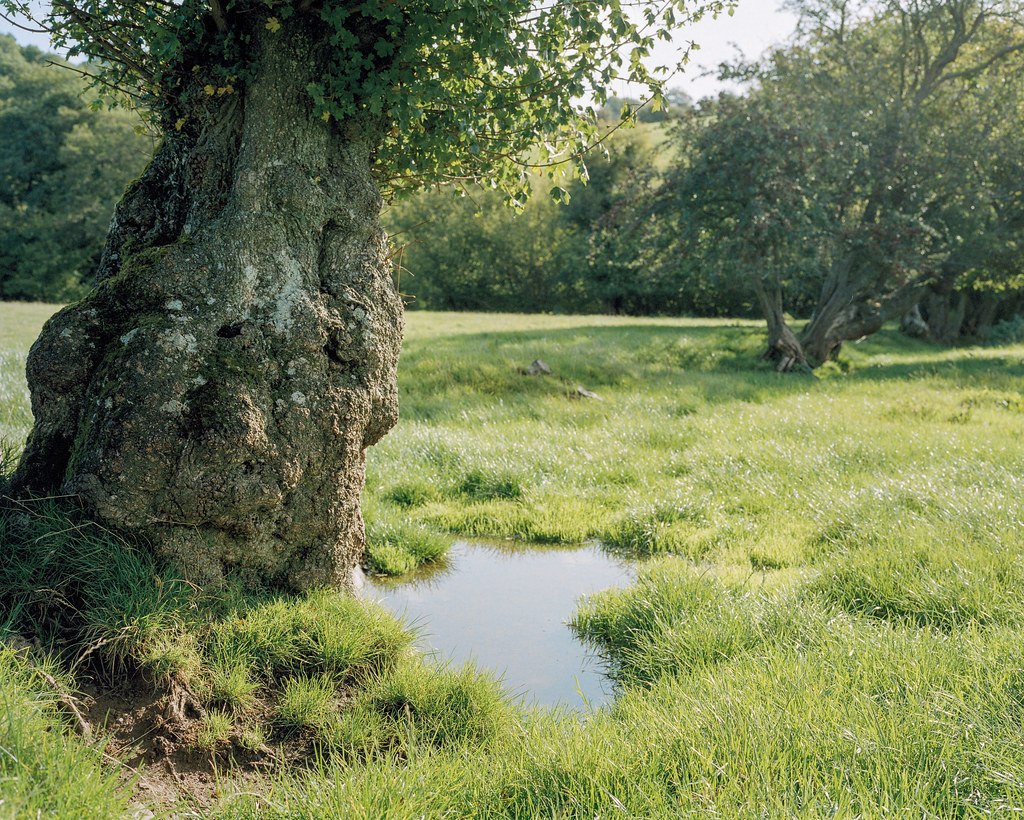
That said, if asked to tell images from the two cameras apart blind, I’m fairly certain I couldn’t. The fact is, I don’t print much of my work – I mostly enjoy it on the computer screen where any resolution difference between these two lenses is going to be largely inconsequential.
What I appreciate when I view medium format images is the added clarity, and 3D pop that comes with it. The 3D pop that medium format brings to the table is very visible to me even when the images are viewed quite small on a computer screen. Both Mamiya 7 and Makina 67 lenses are modern enough that combined with the added real estate of the film, the results have an effortless 3-dimensionality to them.
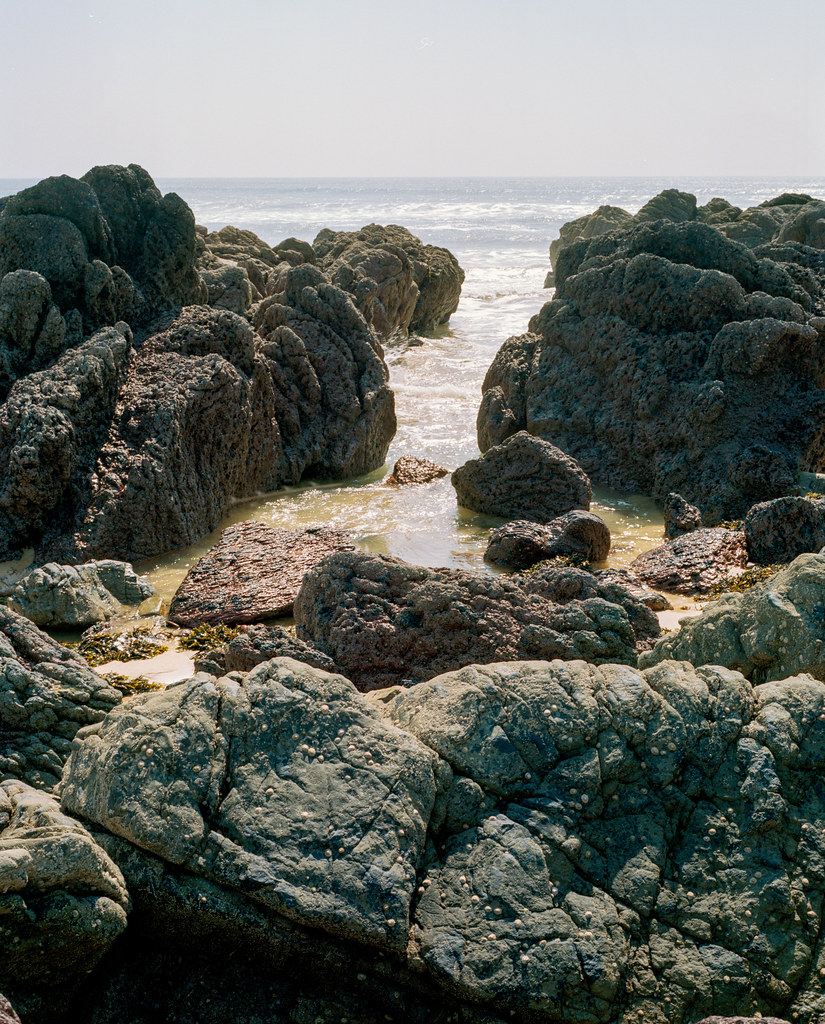
And so with them being pretty much equal in that regard, actually the slim benefit of the Makina 67 lens being a f/2.8 swings favour it’s way anyway. Not that I’ve used it at 2.8 much, but all other things being equal, a 2.8 lens is going to have some slim advantage over an f/4 lens once in a while.
The Mamiya 7 shortcomings
So, at this stage being fair, I think we are essentially at a position of 0:0 draw. As I’ve said, I’ll concede that Anais was right about both the above factors, but for my personal usage case – and that really is all I’m talking about here – both “advantages” the Mamiya 7 brings don’t really add anything to my shooting experiences. And, unfortunately for the Mamiya, this early position of 0:0 draw is almost moot, as the rest of the game involves it getting a bit of a shoeing.
Makina 67 0:0 Mamiya 7
The size
There really is no getting past the fact that Anais’s Mamiya 7 stayed in my camera cupboard for a long time before I took it out. An element of this might have been due to a dwindling sense of excitement about cameras that I’ve suffered over the course of this year, but actually, more than anything else, as soon as the Mamiya 7 came home with me I had the sense I was going to struggle with taking it out.
The collapsible lens of the Makina 67 swings an incredible amount of favour its way. To me, there is nothing particularly comfortable about the idea of carrying the Mamiya 7 – the lens just pokes out too far. In the end, I resolved to take the Mamiya 7 on a couple of holidays with me and even then had to almost force myself to shoot it. Unlike the Makina 67 that’s been out on a couple of dog walks and day trips with me and the family, the Mamiya 7 far from inspired a desire to shoot it like that.
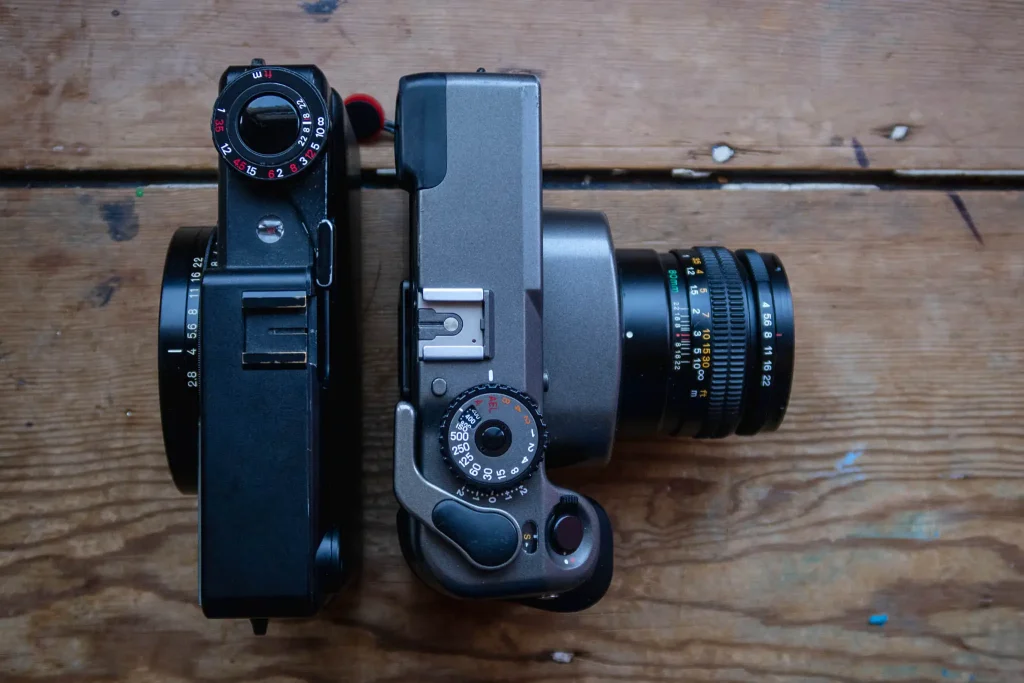
Now, I should add, once I was out with the Mamiya 7, I didn’t really find its size too bothersome. This certainly wouldn’t have been the case if I’d been carrying it with the extra lenses Anais tried to force on me, but with the 80mm it was ok provided I was out by myself with the sole intention to shoot it. What I realised on the occasion I was wondering around the Herefordshire side of the Welsh border was that provided I am out by myself and don’t have a pair of kids, a pair of dogs or a Hannah with me, carrying a slightly bigger camera isn’t too much of an issue. Unfortunately, for the likes of the Mamiya 7, I rarely get out to shoot by myself like this.
The Makina 67 on the other hand is transportable in a small shoulder bag. This means that I can quite comfortably lug it around with the family in tow and just get it out when I need/want to without too much bother. Again, this means that for my personal usage case, the Makina 67 wins this round.
Makina 67 1:0 Mamiya 7
Battery reliance
The Mamiya 7 is a much more “modern” camera than the Makina 67. They both have a built in light meter, but the Mamiya has auto exposure, and with that one of my favourite features on the Konica Hexar RF (my current m-mount rangefinder of choice) auto exposure lock, or AEL. This allows the photographer point the camera at the subject for metering, half press and hold the shutter button to lock in exposure, reframe and shoot. I love this on the Hexar at the moment, just as I did on the Leica M7. It allows me to act quickly to get good exposure, compose and shoot with little thought.
I’m sure you know what I’m going to say next though…? This just isn’t a feature I need on a medium format camera that I shoot mostly for landscapes. It worked for me, I’m not going to deny that – all the shots here were taken with the AEL feature in use. But read back my Makina 67 review and you’ll find I didn’t even bother to put batteries in it.
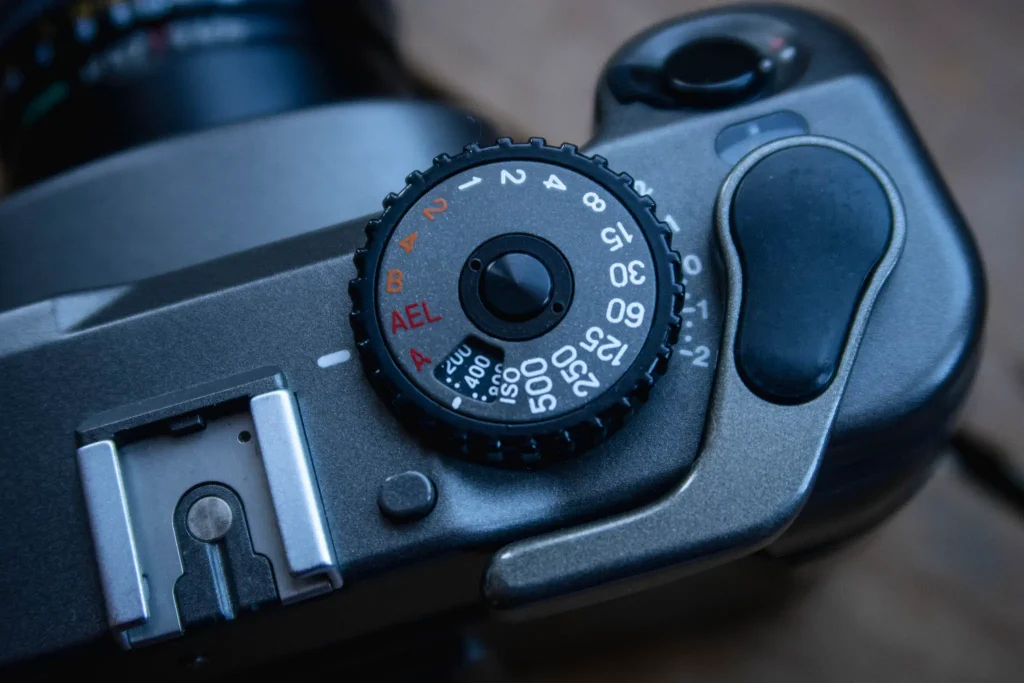
Rest assured though, I’m not even going to pin this on the whole “if it runs out of batteries when I’m out shooting I’m screwed” thing that is often perpetuated about battery reliant cameras. For me, it’s more basic than that, I just prefer simple cameras that don’t do stuff that I don’t really need. I don’t need a medium format camera with AEL. In fact, I’d probably be happier with the Makina if it didn’t have a meter at all. But, its simplicity as a camera still wins it a point over the Mamiya 7 here.
Makina 67 2:0 Mamiya 7
Repairability and cost
It’s often said about the Makina that it’s a fragile camera. I mentioned this in my review. Personally though, despite me not being worried about a battery dying on me when I’m out shooting, I am increasingly worried about terminal camera failure.
My prized Konica Hexar RF is the only camera I’ve bought for a long time that I intend to keep that is also liable to irreparably fail one day. It cost my £500 which makes me really quite nervous. Without a lens, a Mamiya 7 goes for around twice that cash. With a lens – which incidentally are also electronically controlled, and only really usable on another Mamiya – you’ll pay a lot more. My Hexar feels like a risk, a Mamiya 7 would feel a lot more risky to me. Certainly more risky than a Makina 67.
Makina 67 3:0 Mamiya 7
A lens cap booboo
My final significant quibble with the Mamiya 7 is down to the fact that it allowed me to shoot half a roll of film with the lens cap on. Because I was shooting it in AEL and because it’s meter isn’t through-the-lens, the first frames I took whilst shooting it in Herefordshire were blank. I realised what I’d done quite quickly, and just went and shot them again, but it still stung.
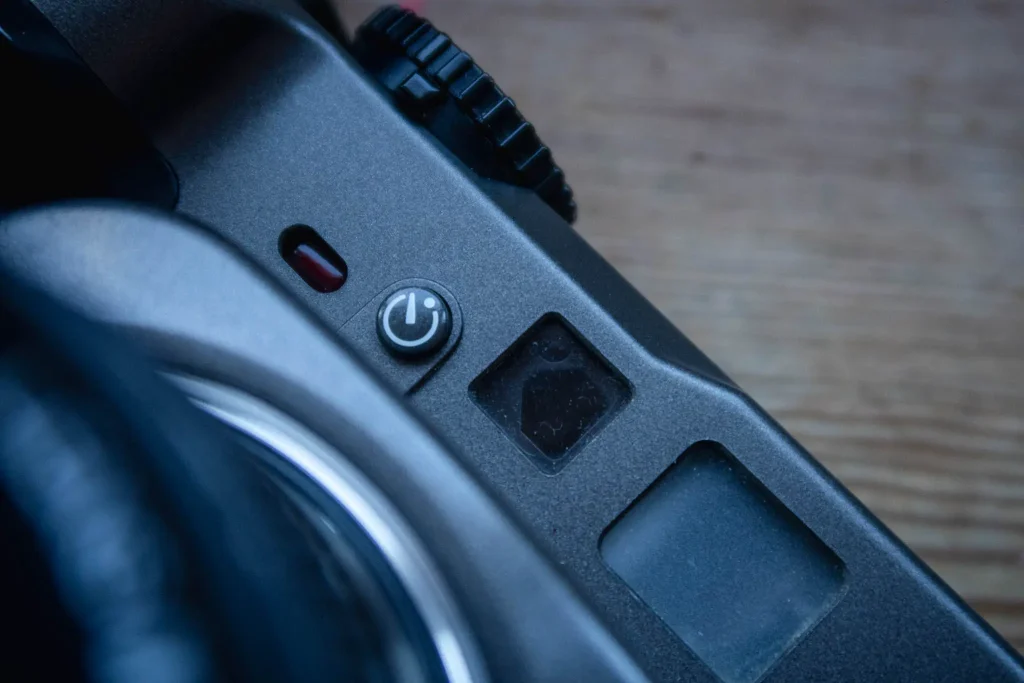
Is this really the fault of the camera, or is it my stupidity? I’ll let you decide, but this is my game and I’m doing the scoring so:
Final Score: Makina 67 4:0 Mamiya 7
A few more photos
All these shots and a few more on my flickr here are from the Mamiya 7 – For photos from my Makina 67, see my review here, and flickr here

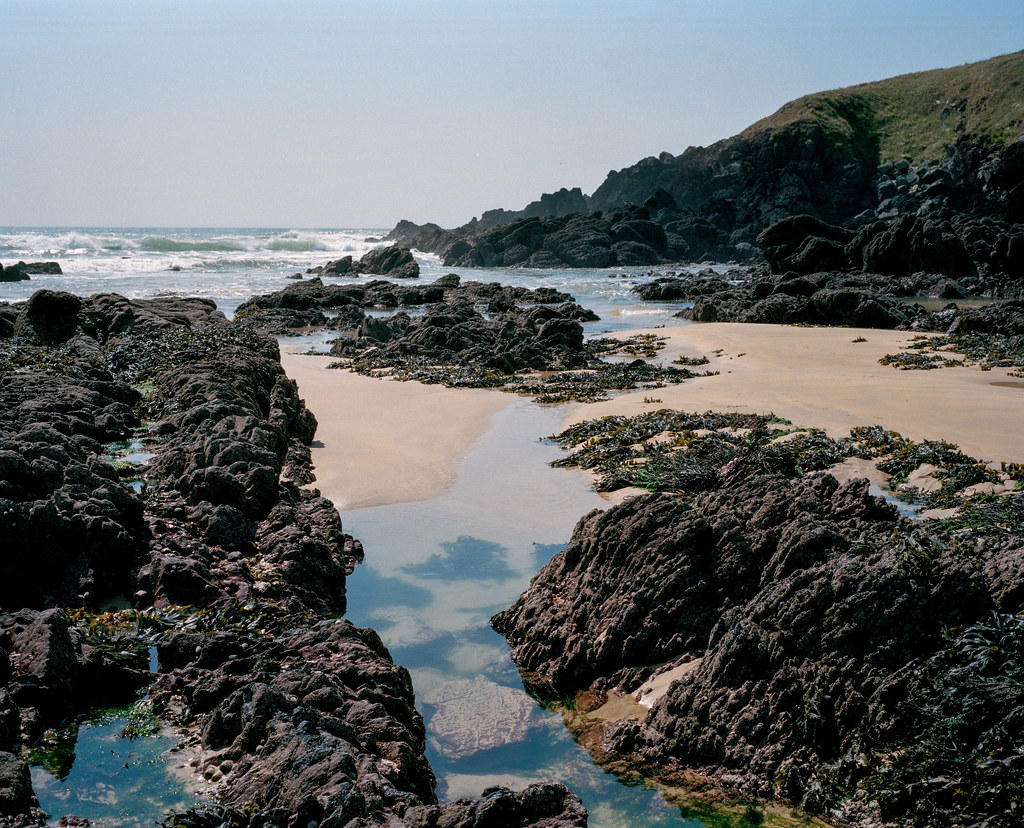
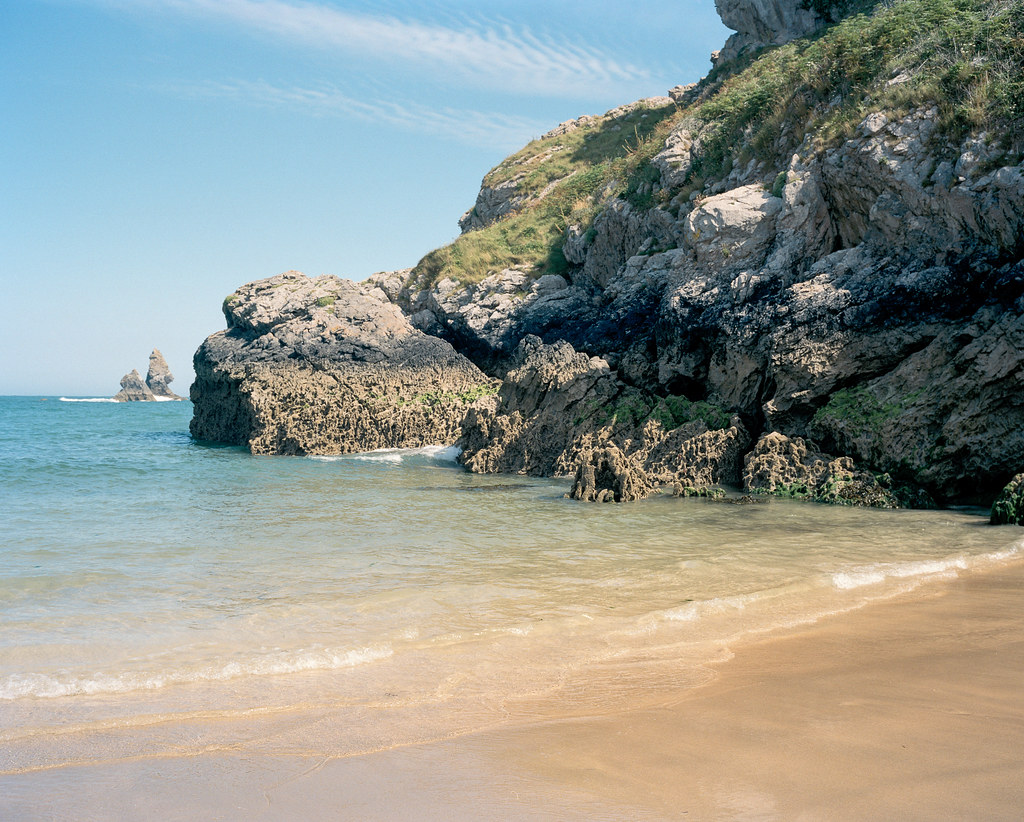
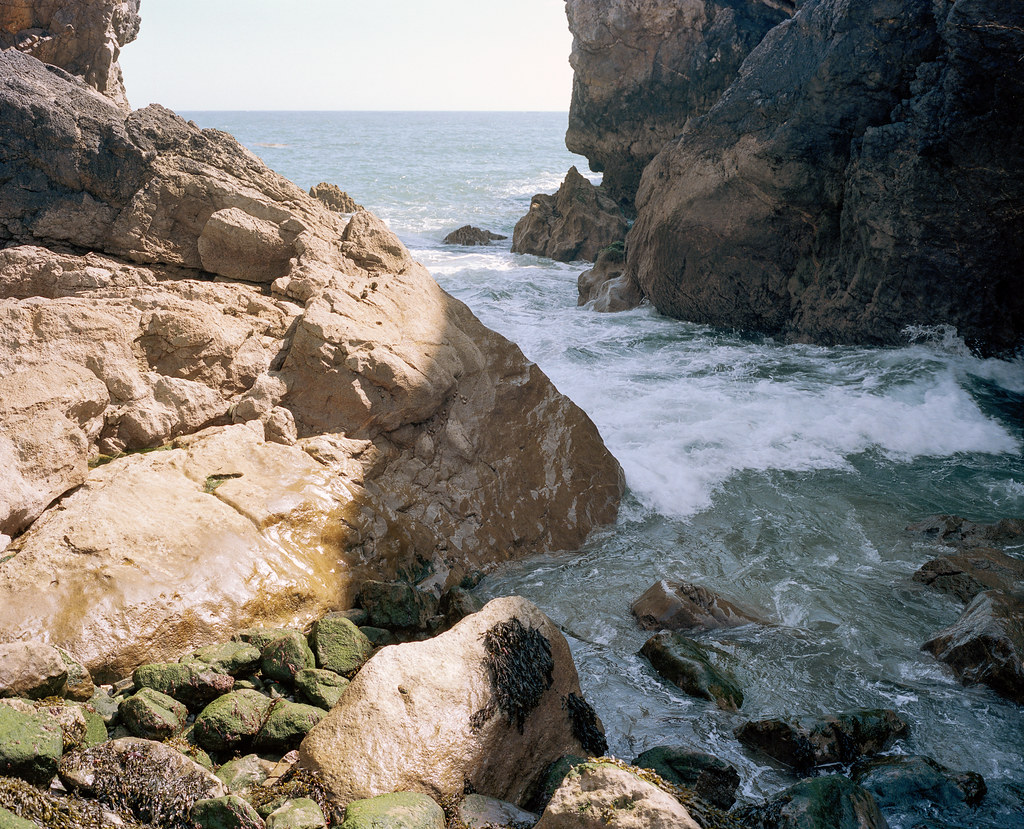
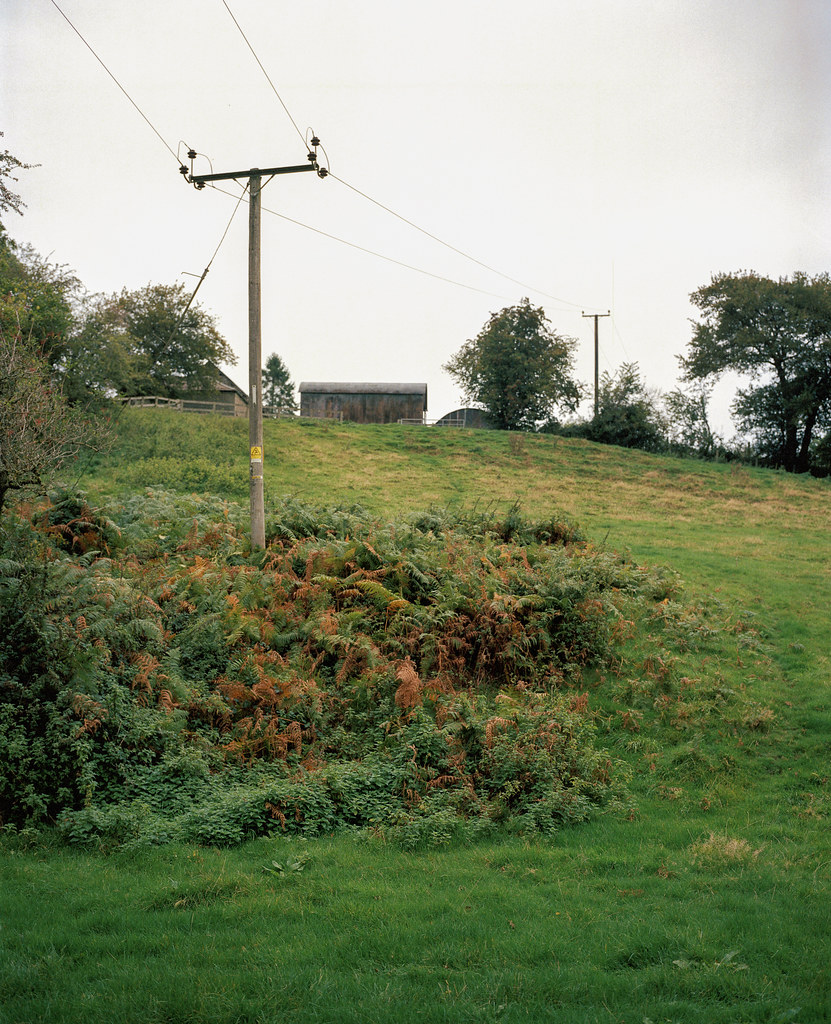
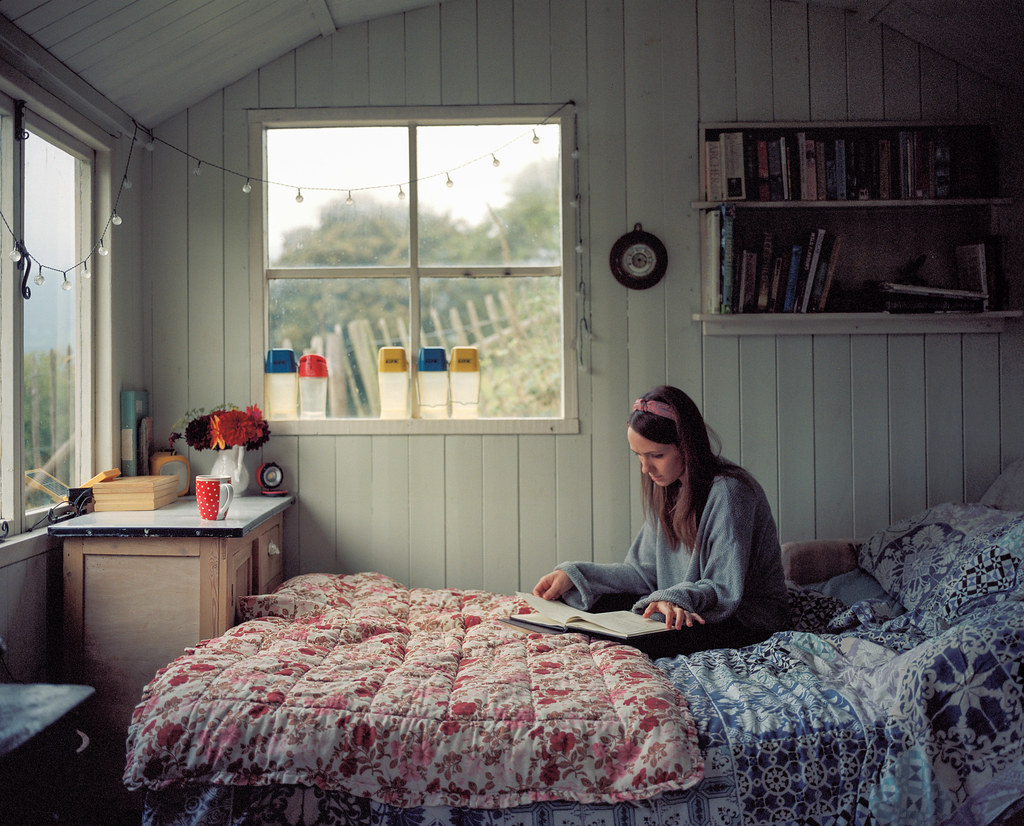
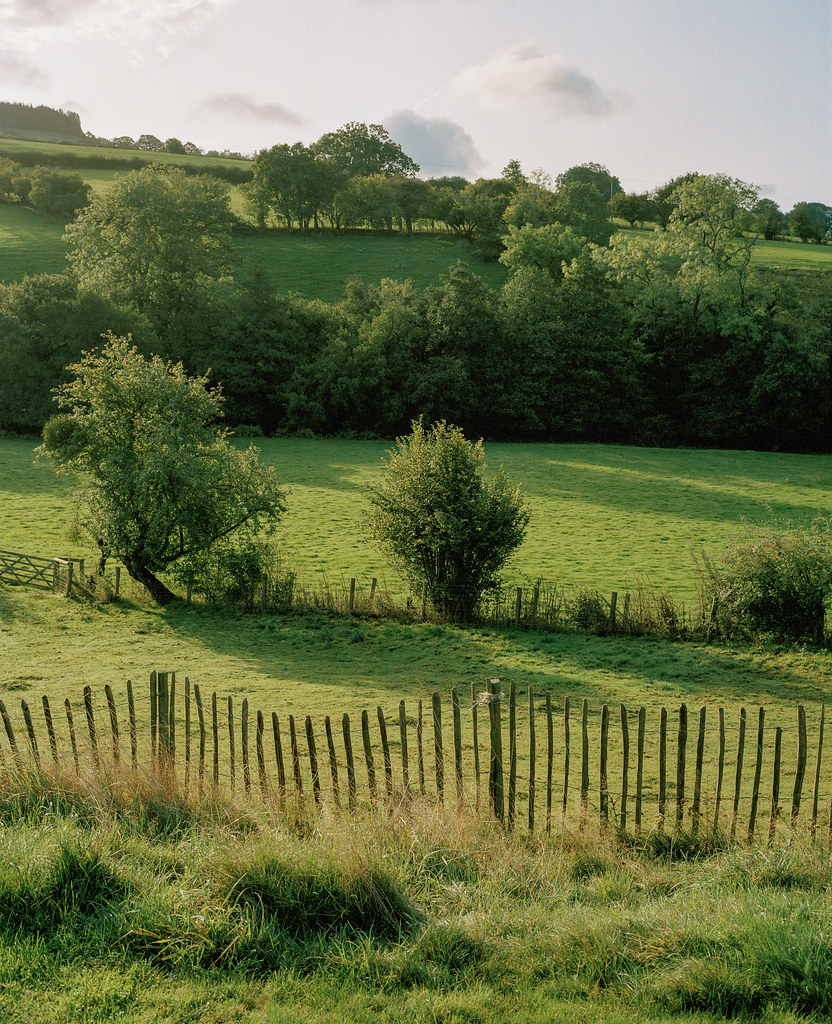
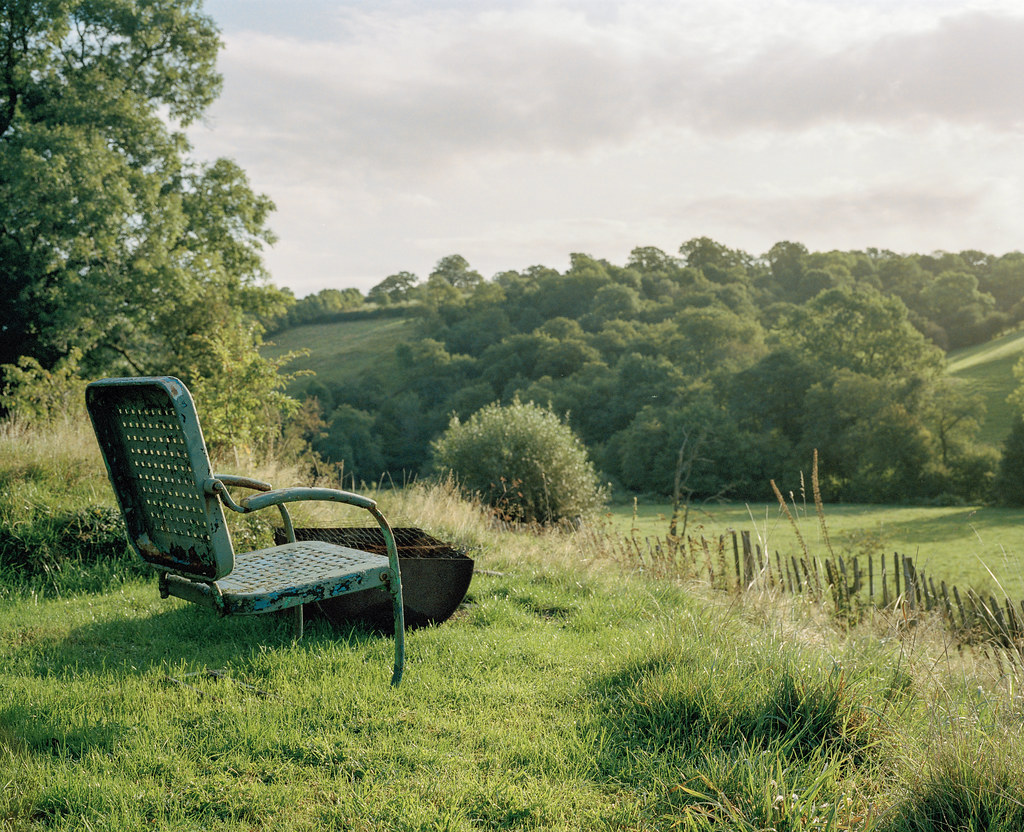
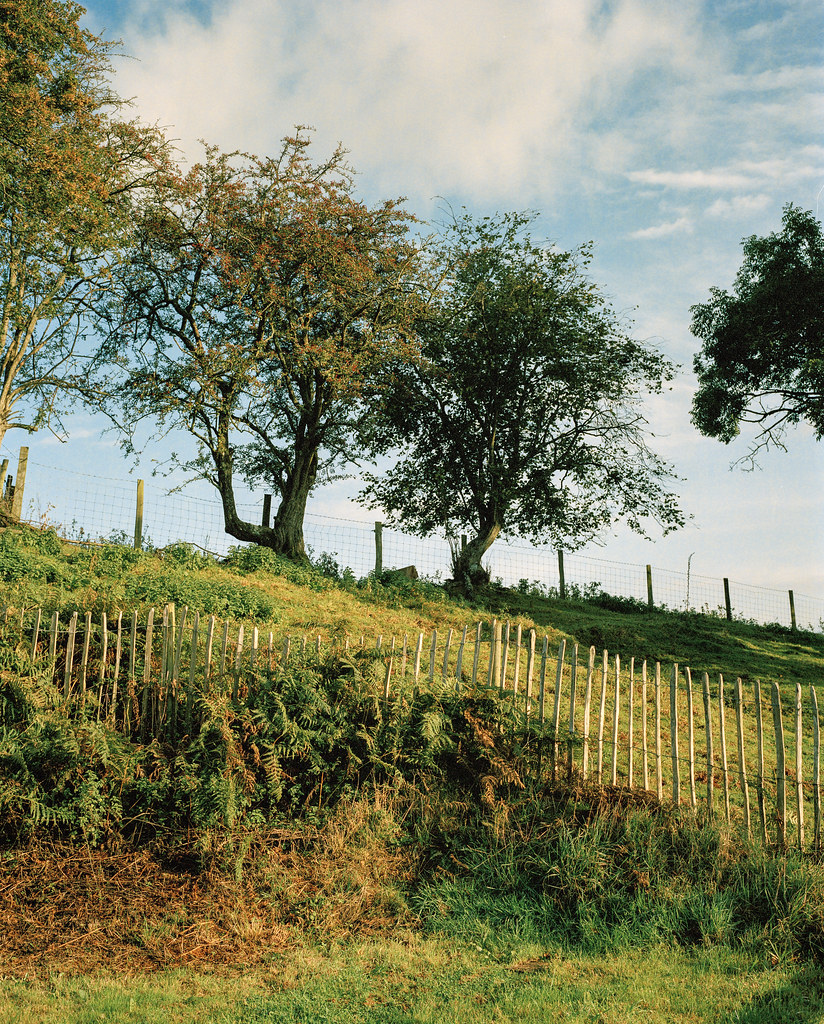

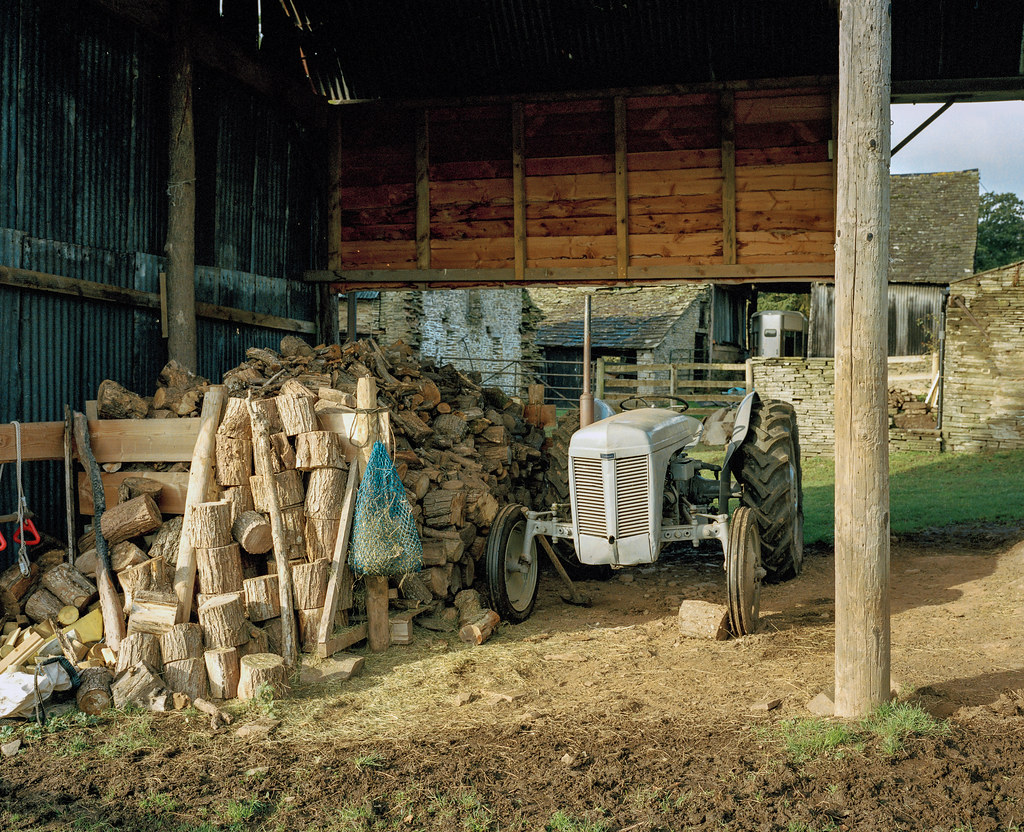
Final thoughts
I’m sure my “click bait” title will have triggered a few Mamiya 7 fans. I’m also sure my unfair scoring and entirely subjective opinions will have a few of them shouting at me through their screens too. I know I have flippantly disregarded most of the advantages the Mamiya 7 brings to the table – not least the whole series of other highly regarded lenses that it can be shot with. The point is though, this really isn’t about these cameras. This is about me, my photography and how/what I like shooting.
If you’re more of a portrait photographer, or even like your landscapes (or whatever) taken with a wider or longer lens, yes, maybe the Mamiya 7 would be a better choice. If you’re more like me though; you like simple cameras, are more happy with a single focal length, want some of the advantages medium format brings without the inconvenience of all the extra weight and size, and you worry about electronic failure in cameras more than mechanical failure, then out of these two, it’s gotta be the Makina 67.
Thank you very much for the extended loan Anais, very much appreciated!
Share this post:
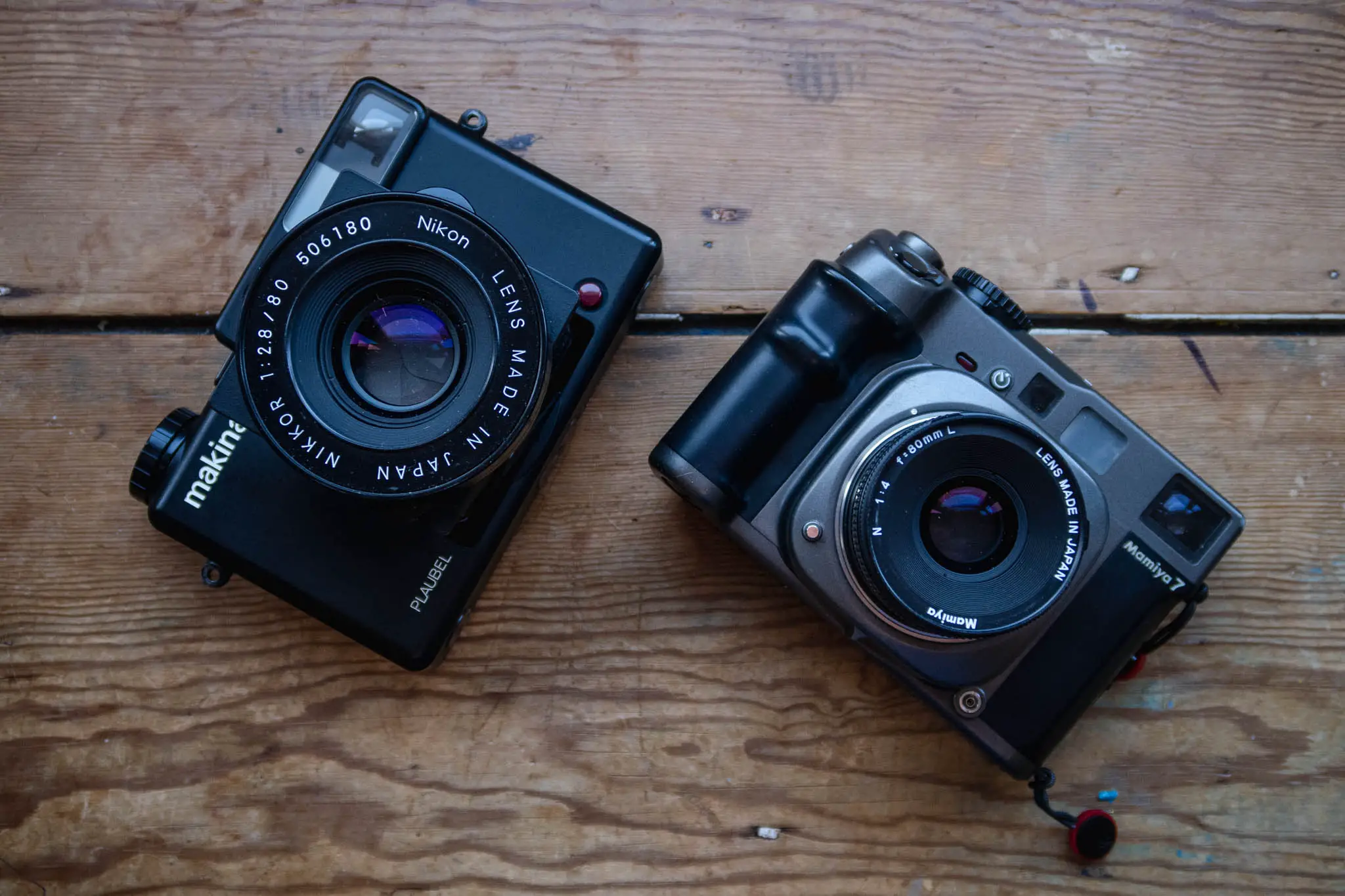








Comments
Peter Wright on Mamiya 7 vs. Makina 67 – Spoiler: the Makina Wins
Comment posted: 04/11/2019
Comment posted: 04/11/2019
Comment posted: 04/11/2019
Reinhold Graf on Mamiya 7 vs. Makina 67 – Spoiler: the Makina Wins
Comment posted: 04/11/2019
Indeed it is quite biased ... but that‘s ok, as this is your way of shooting and your viewpoint on all what the cameras deliver to you.
If someone has other preferences, the outcome might differ.
Theo on Mamiya 7 vs. Makina 67 – Spoiler: the Makina Wins
Comment posted: 04/11/2019
Fully understand the preference based on your style of shooting, cameras are a very personal type of tool. The bit I don’t get in your rating system is you dropped points on the Mamiya 7 because it has a feature (AEL) that you actually like, but prefer not to have(!?!). Not sure I can get my head around that one, I can understand if it was something you didn’t like, but do like?
I know you indicate you prefer simpler cameras, just not sure it justifies this argument as the feature does not get in the way of simple operation.
Then again, I might be as biased on my preference and thoughts, but appreciate you admit that up front too.
Comment posted: 04/11/2019
Comment posted: 04/11/2019
Comment posted: 04/11/2019
Comment posted: 04/11/2019
Comment posted: 04/11/2019
Jeremy Keller on Mamiya 7 vs. Makina 67 – Spoiler: the Makina Wins
Comment posted: 04/11/2019
In each case, my camera survives. In case one the strong body of my wonderful Zeiss folder absorbs the blow. In case two the camera stays on the table because it is obviously a worthless antique.
Which is the better camera to carry about in the real world? P.S. My $100 Zeiss has all the resolution one could need.
Comment posted: 04/11/2019
Yul Vázquez on Mamiya 7 vs. Makina 67 – Spoiler: the Makina Wins
Comment posted: 04/11/2019
Comment posted: 04/11/2019
Eric Rose on Mamiya 7 vs. Makina 67 – Spoiler: the Makina Wins
Comment posted: 04/11/2019
Comment posted: 04/11/2019
Roger B. on Mamiya 7 vs. Makina 67 – Spoiler: the Makina Wins
Comment posted: 04/11/2019
Comment posted: 04/11/2019
jeremy north on Mamiya 7 vs. Makina 67 – Spoiler: the Makina Wins
Comment posted: 04/11/2019
Why's that? I think rather than 0-0 the first part was 1-1. The last one about leaving the lens cap on is irrelevant, you could have done that on the Makina as you already said you prefer not using its meter. Of course if it's TTL metered then if you did use the meter that would be a factor but you didn't say either way.
Just a point on when you bought the Makina, I'm pretty sure you brought it to the Birmingham meet up in March of last year which is a few months earlier than you said you got it. Not being pedantic but just filling in a gap and showing that it made an impression. Lovely camera.
Comment posted: 04/11/2019
Kate Johnson on Mamiya 7 vs. Makina 67 – Spoiler: the Makina Wins
Comment posted: 04/11/2019
Comment posted: 04/11/2019
Bruno Chalifour on Mamiya 7 vs. Makina 67 – Spoiler: the Makina Wins
Comment posted: 04/11/2019
Comment posted: 04/11/2019
Comment posted: 04/11/2019
Zvonimir on Mamiya 7 vs. Makina 67 – Spoiler: the Makina Wins
Comment posted: 05/11/2019
1) I can drop it onto karstic limestone on a Balkanbiker mountain. No light meter, no electronics, no mirror (Amazing: there were mirrorless cameras 70 years ago!), and no damage done.
2) I can leave it on a cafe table on my way to the men's. I am risking $100. It will be there when I return. No one would take it.
Sometimes the real world matters. Z
Comment posted: 05/11/2019
Johan on Mamiya 7 vs. Makina 67 – Spoiler: the Makina Wins
Comment posted: 05/11/2019
Comment posted: 05/11/2019
Anais Faraj on Mamiya 7 vs. Makina 67 – Spoiler: the Makina Wins
Comment posted: 07/11/2019
We are so spoilt. First world problems or what.
Comment posted: 07/11/2019
Sroyon on Mamiya 7 vs. Makina 67 – Spoiler: the Makina Wins
Comment posted: 07/11/2019
Comment posted: 07/11/2019
Haike on Mamiya 7 vs. Makina 67 – Spoiler: the Makina Wins
Comment posted: 13/11/2019
Rodney Allen Johnson on Mamiya 7 vs. Makina 67 – Spoiler: the Makina Wins
Comment posted: 14/02/2020
Comment posted: 14/02/2020
Comment posted: 14/02/2020
Colin on Mamiya 7 vs. Makina 67 – Spoiler: the Makina Wins
Comment posted: 18/03/2020
With that said, the non ttl metering is identical on these two cameras. I’ve taken many pics on my Makina with the lens cap on.
So while I agree that the Makina is a superior camera (I also own a W67, that 55mm lens is perfect), I can’t see how it’s fair to award the Makina a point for something that’s identical on both cameras.
Mike on Mamiya 7 vs. Makina 67 – Spoiler: the Makina Wins
Comment posted: 30/03/2020
Michael on Mamiya 7 vs. Makina 67 – Spoiler: the Makina Wins
Comment posted: 13/04/2020
I also need to note, in regards to the "non-landscape" photograph. That one is just hard to describe. Look at those colors, Look at the out-of-focus background rendering. Look at the dynamic range and the incredible way highlights and shadows are rendered. Look at the grain..
And on top of that, the brilliant framing you've done. This image is a powerful reason digital sensors are a step backwards. Anyway, I bought a used X-E2s recently, I hope I can produce similar atmosphere with it. I cannot go for film at the current stage for many reasons.
I wish if the media was filled with photographs like those in that article! Sadly, the beauty is rare nowadays and plenty are fascinated with ugliness.
Comment posted: 13/04/2020
Andre on Mamiya 7 vs. Makina 67 – Spoiler: the Makina Wins
Comment posted: 23/07/2020
Alex Vye on Mamiya 7 vs. Makina 67 – Spoiler: the Makina Wins
Comment posted: 09/10/2020
JL Williams on Mamiya 7 vs. Makina 67 – Spoiler: the Makina Wins
Comment posted: 19/02/2021
Comment posted: 19/02/2021
Alex on Mamiya 7 vs. Makina 67 – Spoiler: the Makina Wins
Comment posted: 19/02/2021
pbass on Mamiya 7 vs. Makina 67 – Spoiler: the Makina Wins
Comment posted: 20/02/2021